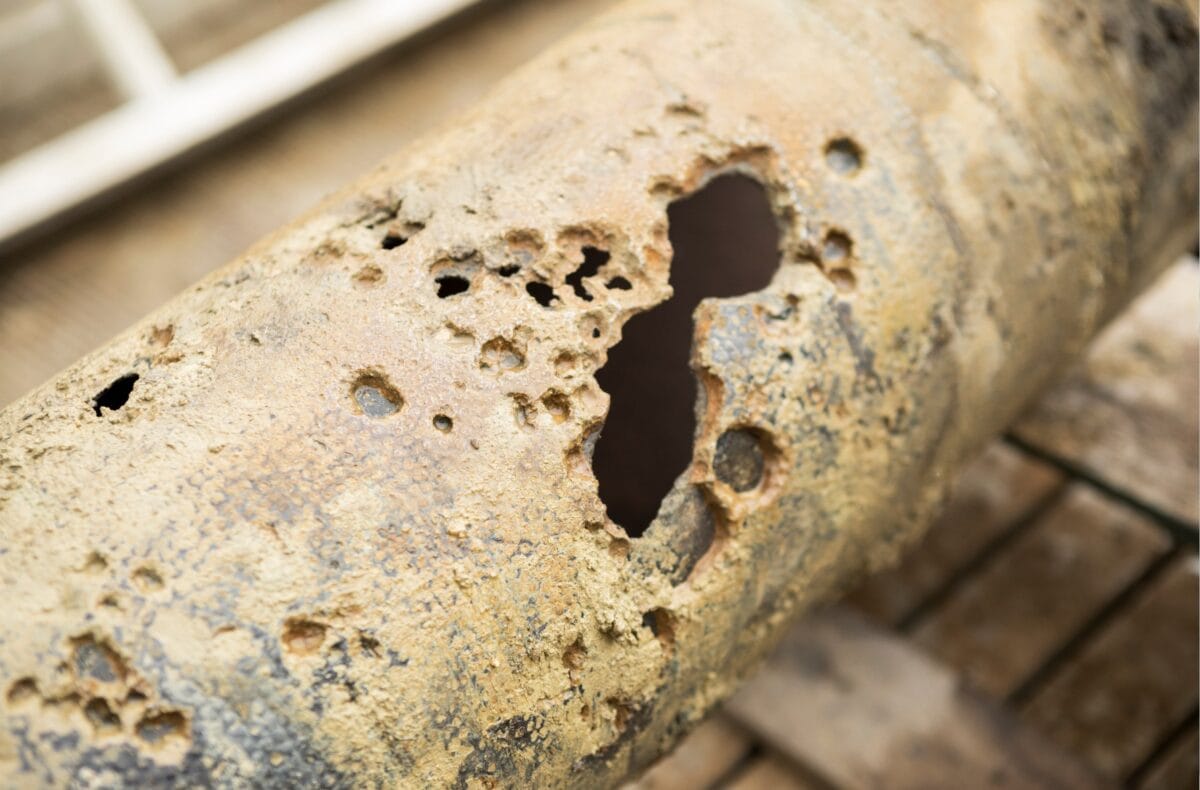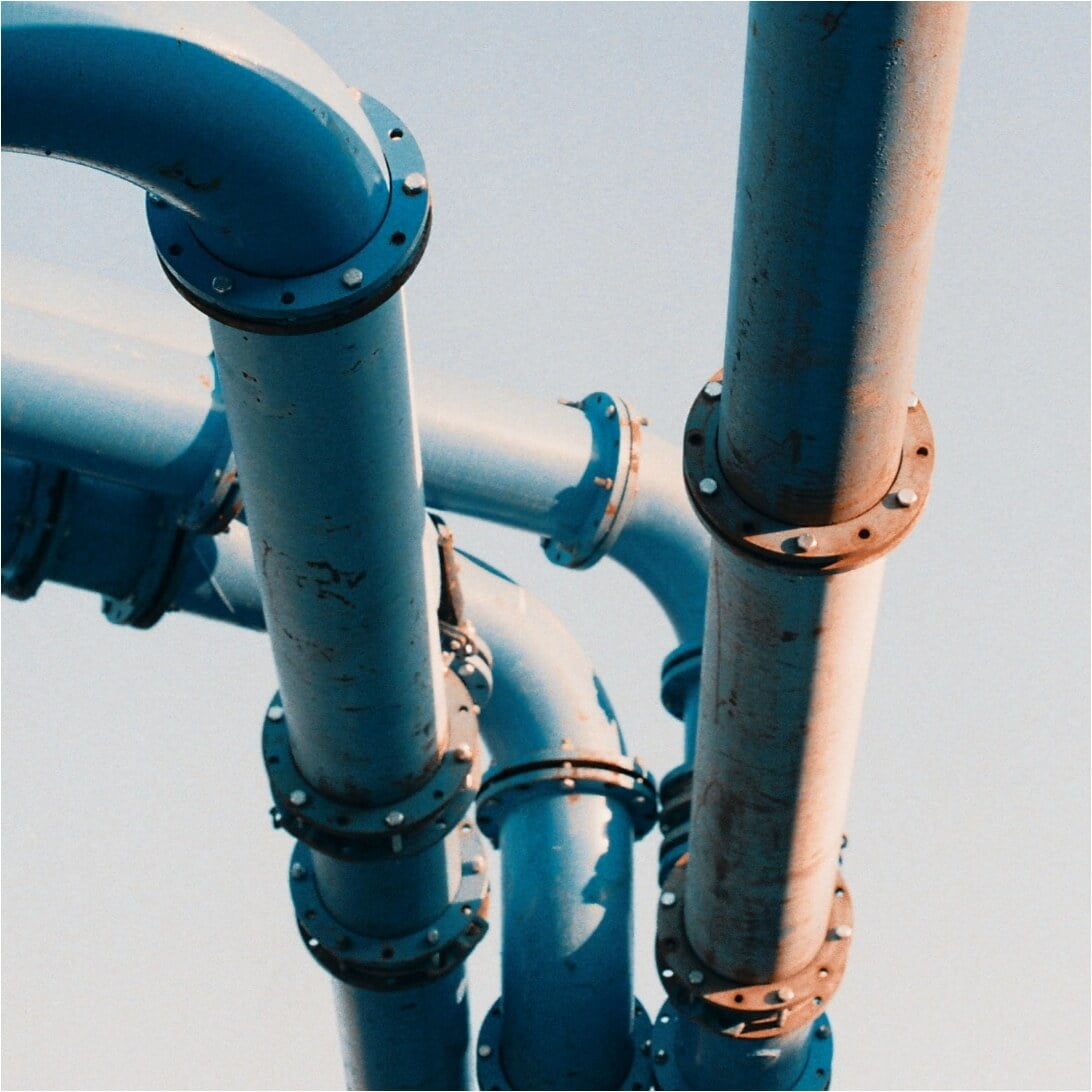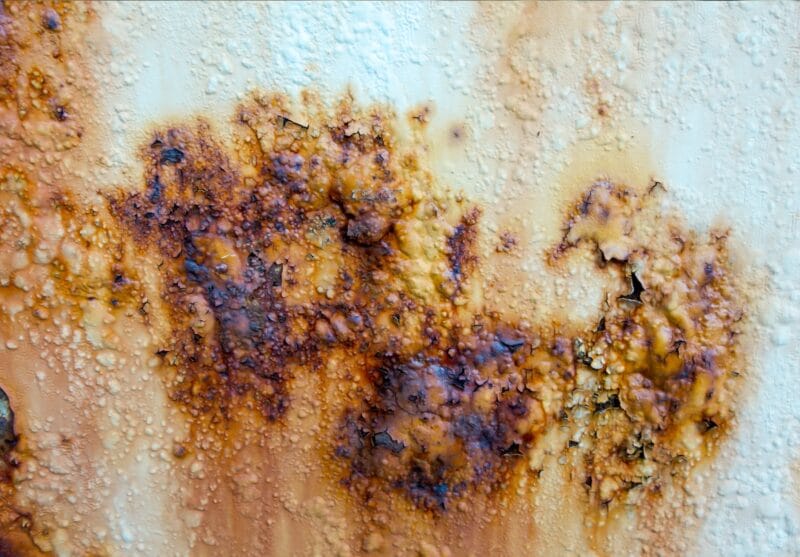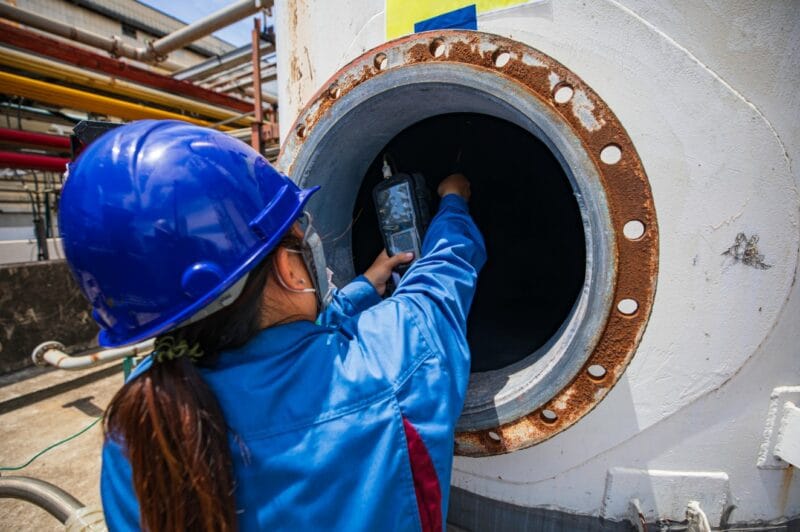How to Use the Calculator
Last Assessment Date
Enter the date of your most recent pipeline inspection.
Remaining Corrosion Tolerance (mm)
Enter how much wall thickness (in millimeters) your pipeline can still safely lose before reaching its limit.
Future Corrosion Rate (mm/year)
Enter the expected corrosion rate per year based on past data or estimates.
Results You’ll Get
Estimated Remaining Life Date: The projected date when your pipeline will reach the corrosion limit.
Remaining Life (years): How many years your pipeline can safely operate based on your inputs.
Pipeline Remaining Life Calculator

What is Pipeline Remaining Life?
Pipeline Remaining Life refers to the estimated time a pipeline can continue to operate safely before its wall thickness or structural integrity falls below acceptable limits due to corrosion or other degradation mechanisms. The remaining life calculation predicts equipment failure and maintenance needs, which will help you determine inspection timing.
Why Use This Calculator?
Plan Maintenance Efficiently: Avoid costly emergency repairs by scheduling timely inspections.
Ensure Safety: Prevent pipeline failures by understanding corrosion progression.
Optimize Asset Life: Maximize pipeline lifespan.
Data-Driven Decisions: Use accurate, industry-accepted formulas based on Cenosco’s Risk Based Assessment methodology.
How does this Calculator Work?
The Pipeline Remaining Life calculation is based on Cenosco’s proven methodology for carbon steel pipelines. It is based on the remaining corrosion tolerance, which is the amount of wall thickness the pipeline can lose without compromising safety and the predicted future corrosion rate. Using these factors, the calculator estimates both the date and number of years until the pipeline reaches its minimum safe wall thickness, marking the end of its useful life
Remaining Life = Last Assessment Date + (Remaining Corrosion Tolerance ÷ Future Corrosion Rate)
Où ?
- Remaining Corrosion Tolerance (RCT) = Corrosion Tolerance − Wall Loss from Last Inspection till the Assessment date.
- Future Corrosion Rate is the expected corrosion rate moving forward.
- The result is added to the Last Inspection Date to estimate the date when the Pipeline will not be able to operate safely.
Q: What is the difference between Remaining Corrosion Tolerance and Corrosion Tolerance
A: Remaining Corrosion Tolerance refers to the corrosion tolerance (CT) calculated at the date of assessment, while Corrosion Tolerance refers to the CT at the date of inspection.
Q: How accurate is this calculator?
A: It uses industry-standard formulas and your input data; accuracy depends on the quality of your corrosion rate and inspection data.
Q: Can I use this calculator for other metals besides carbon steel?
A: This calculator is designed specifically for carbon steel pipelines.




